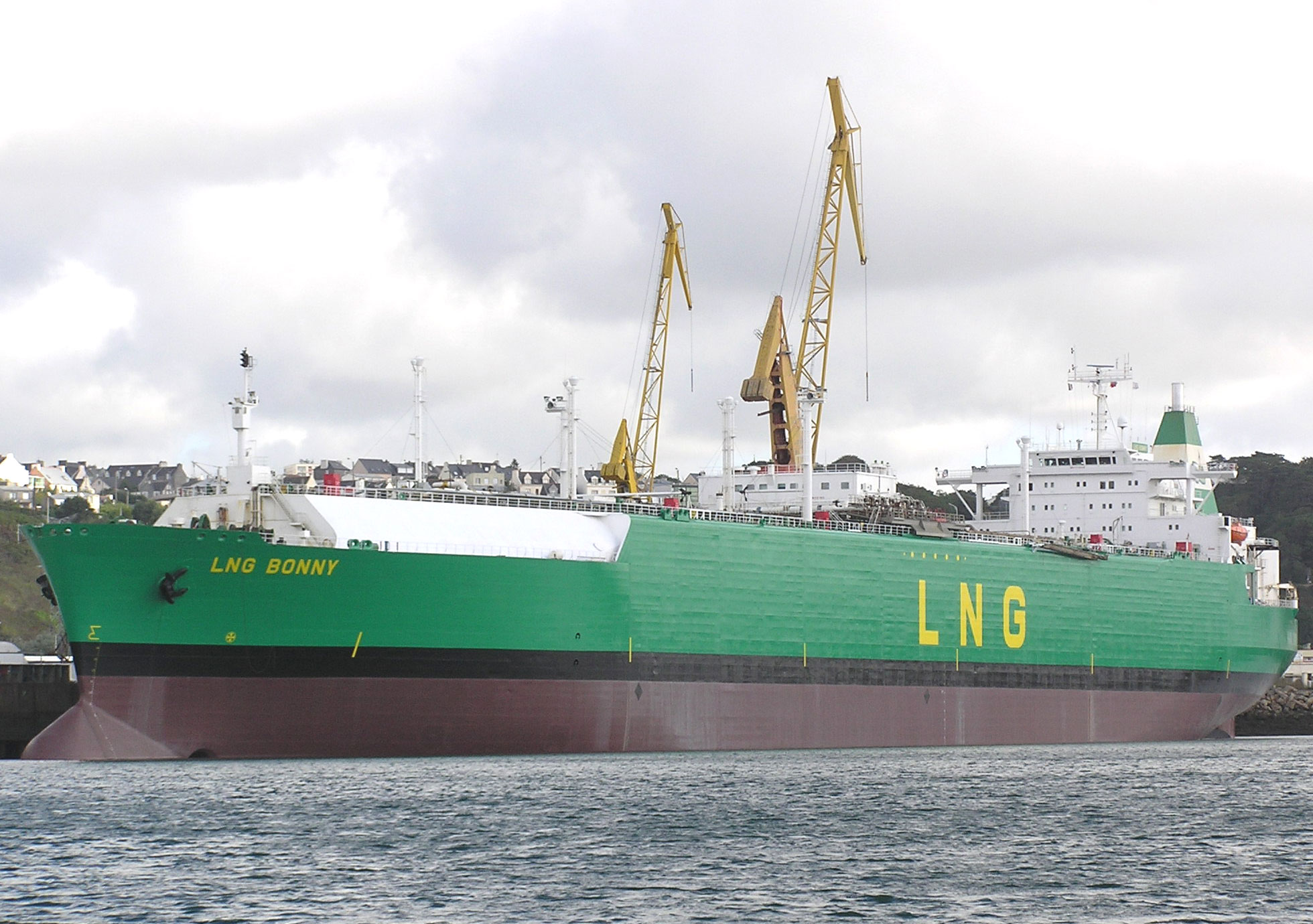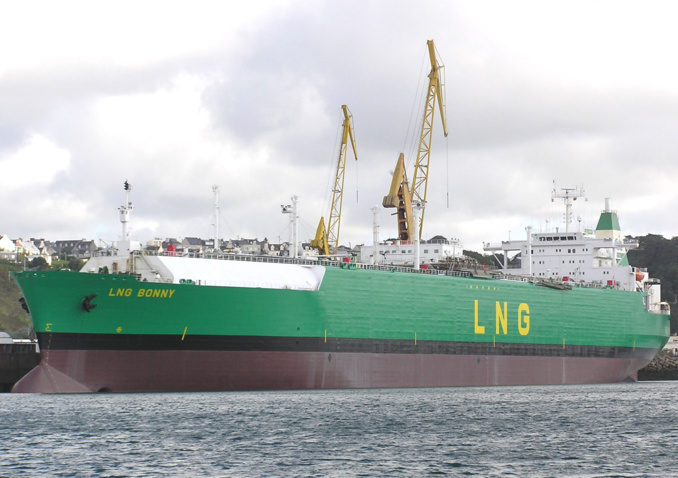According to the forecasts of the International Energy Agency (IEA), Europe's gas demand will grow by almost 20% by 2040 compared to 2016. Russians, which has been supplying the Old World with gas for many years, is now facing serious competitors in the form of the United States and Qatar with their liquefied natural gas (LNG).
Thus, Europe has found itself in a difficult situation. On the one hand, it is tempting to play in the struggle of competitors and try to bargain for more favorable conditions. On the other hand, such a policy of maneuvering is fraught with the possibility that you may find yourself at the bottom of the ladder in case of a failure. The greatest risk is geopolitics.
European countries are arguing with Russia about the gas prices. They have already experienced interruptions in LNG supplies in 2006 and 2009, caused by transit problems between Russia and Ukraine. However, relations with America, which declared a trade war to all, including Europe, are also far from transparent. Besides, it's not so simple with Qatar, against which the European Commission initiated an antitrust investigation.
The US began to trade in energy for the first time in sixty years. And despite the serious tensions that exist between Brussels and Washington, American energy companies are ready to pour the Old World with liquefied gas. The first American bunch of LNG went to Europe two years ago from the terminal in Louisiana. His supplier was Cheniere Energy Inc. This year, another company, Dominion Energy Inc., began shipping gas across the ocean from the East Coast.
By the end of 2020, four more terminals will begin operating in America. As a result, the country will become the third global exporter of LNG after Qatar and Australia.
Apart from high prices, the purchase of US gas is complicated with the potential trade war between the US and the EU. The parties exchanged blows. i.e. tariffs, and are now on the verge of a full-scale war. Gas has nothing to do with relations between the EU and the US, but political and trade disagreements, of course, will hamper its supply to Europe.
The attractiveness of the Old World as a buyer of gas grew after Holland began to reduce gas production at the largest European deposit Groningen due to the fact that it provokes seismic activity in the region.
Russian Gazprom, whose share in the supply of gas to Europe reaches 35%, is not going to capitulate peacefully. According to Bloomberg, gas is one of the main sources of budget filling for Russia. Energy Aspects says that the share of Russian gas may increase to 45% after the second stage of the Nord Stream 2 gas pipeline is commissioned.
Most European countries refer to gas imports as an economic problem. From the point of view of the economy, American gas will not be able to compete with Russia in the foreseeable future. It is enough to compare the prices: one million British thermal units (BTU) of American liquefied gas now costs approx. 7 dollars, and Russian natural gas - approx. 6.3. It would seem that the choice is obvious, but the reduction in gas production in Europe gives opportunities to Russia's competitors. Last year, the share of LNG in the European gas was only 10%, but according to Societe Generale forecasts, it will rise to 25% by 2020. This means that supplies of American LNG to Europe will continue to grow.
source: bloomberg.com
Thus, Europe has found itself in a difficult situation. On the one hand, it is tempting to play in the struggle of competitors and try to bargain for more favorable conditions. On the other hand, such a policy of maneuvering is fraught with the possibility that you may find yourself at the bottom of the ladder in case of a failure. The greatest risk is geopolitics.
European countries are arguing with Russia about the gas prices. They have already experienced interruptions in LNG supplies in 2006 and 2009, caused by transit problems between Russia and Ukraine. However, relations with America, which declared a trade war to all, including Europe, are also far from transparent. Besides, it's not so simple with Qatar, against which the European Commission initiated an antitrust investigation.
The US began to trade in energy for the first time in sixty years. And despite the serious tensions that exist between Brussels and Washington, American energy companies are ready to pour the Old World with liquefied gas. The first American bunch of LNG went to Europe two years ago from the terminal in Louisiana. His supplier was Cheniere Energy Inc. This year, another company, Dominion Energy Inc., began shipping gas across the ocean from the East Coast.
By the end of 2020, four more terminals will begin operating in America. As a result, the country will become the third global exporter of LNG after Qatar and Australia.
Apart from high prices, the purchase of US gas is complicated with the potential trade war between the US and the EU. The parties exchanged blows. i.e. tariffs, and are now on the verge of a full-scale war. Gas has nothing to do with relations between the EU and the US, but political and trade disagreements, of course, will hamper its supply to Europe.
The attractiveness of the Old World as a buyer of gas grew after Holland began to reduce gas production at the largest European deposit Groningen due to the fact that it provokes seismic activity in the region.
Russian Gazprom, whose share in the supply of gas to Europe reaches 35%, is not going to capitulate peacefully. According to Bloomberg, gas is one of the main sources of budget filling for Russia. Energy Aspects says that the share of Russian gas may increase to 45% after the second stage of the Nord Stream 2 gas pipeline is commissioned.
Most European countries refer to gas imports as an economic problem. From the point of view of the economy, American gas will not be able to compete with Russia in the foreseeable future. It is enough to compare the prices: one million British thermal units (BTU) of American liquefied gas now costs approx. 7 dollars, and Russian natural gas - approx. 6.3. It would seem that the choice is obvious, but the reduction in gas production in Europe gives opportunities to Russia's competitors. Last year, the share of LNG in the European gas was only 10%, but according to Societe Generale forecasts, it will rise to 25% by 2020. This means that supplies of American LNG to Europe will continue to grow.
source: bloomberg.com



















